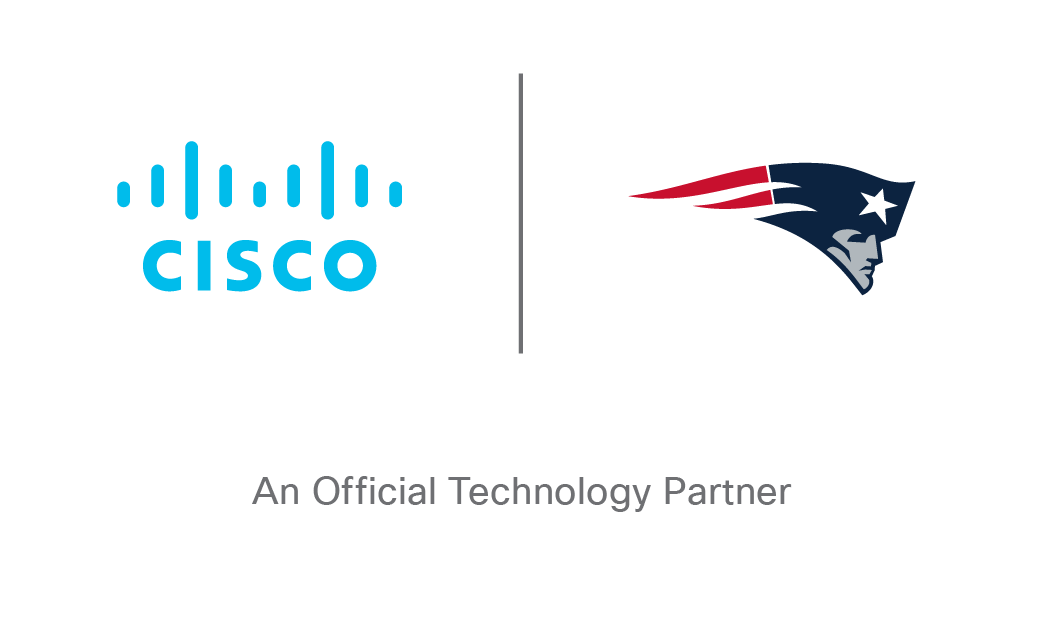Cisco today released the findings of a global study that indicates cloud is moving into a second wave of adoption, with companies no longer focusing just on efficiency and reduced costs, but rather looking to cloud as a platform to fuel innovation, growth and disruption. The study finds that 53 percent of companies expect cloud to drive increased revenue over the next two years. Unfortunately, this will be challenging for many companies as only 1 percent of organizations have optimized cloud strategies in place while 32 percent have no cloud strategy at all.
The Cisco-sponsored InfoBrief “Don’t Get Left Behind: The Business Benefits of Achieving Greater Cloud Adoption” was developed by International Data Corporation (IDC) and is based on primary market research conducted with executives responsible for IT decisions in 3,400 organizations across 17 countries that are successfully implementing private, public and hybrid clouds in their IT environments.
Nick Earle, Senior Vice President, Global Cloud and Managed Services Sales, Cisco
“As we talk with customers interested in moving to the second wave of cloud, they are far more focused on private and hybrid cloud—Primarily because they realize that private and hybrid offer the security, performance, price, control and data protection organizations are looking for during their expanded efforts. This observation, which drove our strategy to build a portfolio of private and hybrid infrastructure and as-a-service solutions, is reflected in the new IDC study, which shows that 44 percent of organizations are either currently using or have plans to implement private cloud and 64 percent of cloud adopters are considering hybrid cloud.”
In the study IDC identifies five levels of cloud maturity: ad hoc, opportunistic, repeatable, managed and optimized. The study found that organizations elevating cloud maturity from the ad hoc, the lowest level to optimized, the highest, results dramatic business benefits, including:
- revenue growth of 10.4 percent
- reduction of IT costs by 77 percent
- shrinking time to provision IT services and applications by 99 percent
- boosting IT department’s ability to meet SLAs by 72 percent
- doubling IT department’s ability to invest in new projects to drive innovation.
Economic Benefits for Advanced Cloud Organizations
The study also quantified the economic benefits the most mature* cloud organizations are realizing. Organizations studied are gaining an average of $1.6 million in additional revenue per application deployed on private or public cloud. They are also achieving $1.2 million in cost reduction per cloud-based application.
The revenue increases were largely the result of sales of new products and services, gaining new customers, or selling into new markets. Organizations were able to attribute revenue gains to increased innovation resulting from the shifting of IT resources from traditional maintenance activities to new, more strategic, more innovative initiatives.
Operational cost reductions associated with cloud stem from the advantages to the business of running on a more scalable, reliable, and higher-performing environment. These include improved agility, increased employee productivity, risk mitigation, infrastructure cost savings and open source benefits.
Private Cloud’s Correlation with Better Expected Business Outcomes
Private cloud allows better resource use, greater scale, and faster time to respond to requests, but with the added control and security of dedicated resources for a single company.
Adopting hybrid cloud can be more complex than adopting other forms of cloud. It requires workload portability, security, and policy enablement. These requirements were evident in the study, which showed that up to 70 percent of respondents expect to migrate data between public and private clouds (or among multiple cloud providers) and have high security and policy requirements.
Mature Cloud Adoption by Country
Mature cloud adoption varies by country, with the United States and Latin America among the countries with the greatest percentage of organizations with repeatable, managed or optimized cloud strategies, and Japan with the fewest among the countries studied. The study notes the percentage of organizations with mature cloud adoption in each country**:
34 percent USA
29 percent Latin America Region
27 percent UK
22 percent France
21 percent Germany
19 percent Australia
19 percent Canada
18 percent Korea
17 percent The Netherlands
9 percent Japan
Cloud Adoption by Industry
By industry, manufacturing has the largest percentage of companies in one of the top three adoption categories at 33 percent, followed by IT (30 percent), finance (29 percent), and healthcare (28 percent). The lowest adoption levels by industry were found to be government/education and professional services (at 22 percent each) and retail/wholesale (at 20 percent). By industry, professional services, technology, and transportation, communications, and utilities expected the greatest impact on key performance indicators (KPIs) across the board.
Cisco Business Cloud Advisor Adoption Report, Tool and Workshop
Cisco is helping customers translate the findings of this study into customized reports for customers. These Cisco® Business Cloud Advisor engagements come in two formats, a simple, survey-based tool and a more in-depth workshop.
The Adoption Report allows customers to go through a structured survey to determine their own cloud adoption maturity and associated business benefits relative to their industry peers—by industry, company size and geography. Customers can access the tool and additional information at cisco.com/go/bca.
The Adoption Tool and Workshop allows Cisco and qualified channel partner sales teams to bring a much deeper level of analysis to organizations. The half-day workshop will help organizations better measure the potential impact of cloud adoption on their IT organizations across a broad range of key performance indicators. The recommendations include vendor agnostic guidance regarding how organizations can evolve their cloud journey across a number of domains, including the Intercloud. The Adoption Tool and Workshop are currently being rolled out on a worldwide basis.
The Cisco® Business Cloud Advisor Adoption Report, Tool and Workshop are based on the same unbiased primary market research conducted by IDC for the study.
Robert Mahowald, VP, SaaS & Cloud SW, IDC
“Numerous IDC studies have shown that organizations with advanced cloud adoption have better business outcomes, including stronger business performance, better top-line revenue, improved strategic IT allocation, greater flexibility, reduced costs, and increased service performance, and these gains compound as cloud use grows. But most organizations are not very far along the adoption journey, and need to focus on the skills, methodologies, and best practices required to get themselves to the next level. The Cisco Business Cloud Advisor Adoption Tool can help organizations to assess their maturity in building effective hybrid cloud topologies, and help them advance to higher levels of cloud adoption, improving business outcomes.”
Bob Hollander, Vice President, Sales & Marketing, at Netelligent
“We have seen a trend of customers taking an ad hoc purchasing approach around cloud. Now customers are realizing the benefits of a proactive plan. Through our field testing of Cisco’s Business Cloud Advisor Adoption Tool, we clearly see that it provides us with a mechanism to benchmark where customers are in their cloud journey, and then help them on next steps toward creating a coherent and impactful cloud strategy.”
Jason Shinn, Senior Vice President – Director, Information Technology, Enterprise Bank & Trust
"The Business Cloud Advisor process has reinforced the Enterprise Bank & Trust belief of our desire to migrate faster to the cloud, while staying nimble, relevant to the business and secure
Links to Additional Information:
Cisco Business Cloud Advisor: http://www.cisco.com/go/bca
InfoBrief: http://www.cisco.com/c/dam/en/us/solutions/collateral/trends/cloud/cisco-bca-infobrief.pdf
Nick Earle Blog: http://blogs.cisco.com/news/a-second-wave-of-cloud-adoption-is-on-the-rise
Video: https://youtu.be/4G5naD7qiCE
iView: http://www.cloudbusinessoutcomes.com/
About Cisco:
Cisco (NASDAQ: CSCO) is the worldwide leader in IT that helps companies seize the opportunities of tomorrow by proving that amazing things can happen when you connect the previously unconnected. For ongoing news, please go to http://thenetwork.cisco.com.
# # #
*Mature refers to companies that are in the repeatable, managed, and optimized’ stage of cloud adoption.
**The study showed China having 55 percent of organizations with repeatable, managed or optimized cloud strategies but organizations interviewed in China were, on average, larger than companies surveyed in other countries.
Cisco and the Cisco logo are trademarks or registered trademarks of Cisco and/or its affiliates in the U.S. and other countries. A listing of Cisco's trademarks can be found at www.cisco.com/go/trademarks. Third-party trademarks mentioned are the property of their respective owners. The use of the word partner does not imply a partnership relationship between Cisco and any other company.







